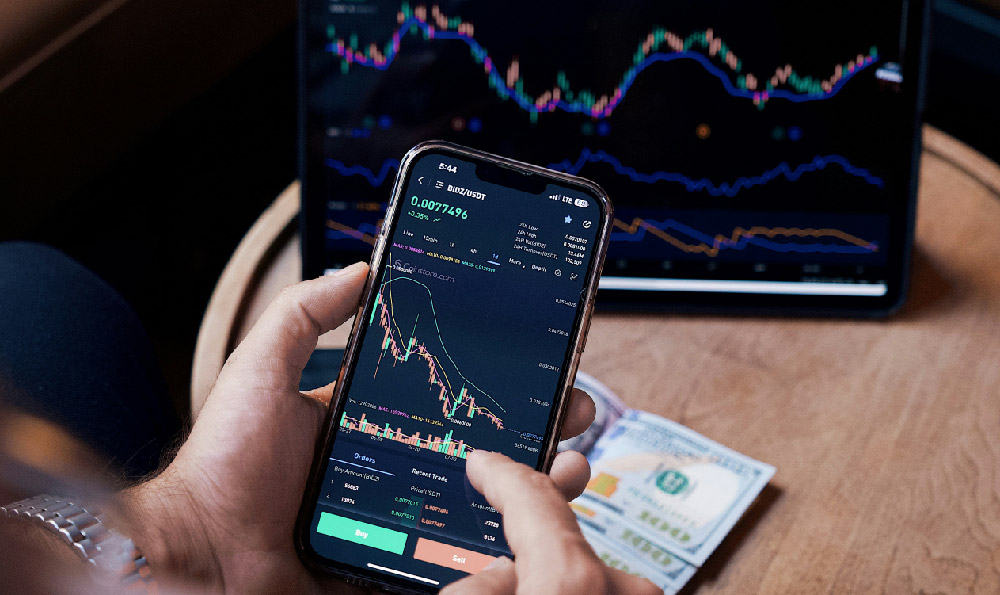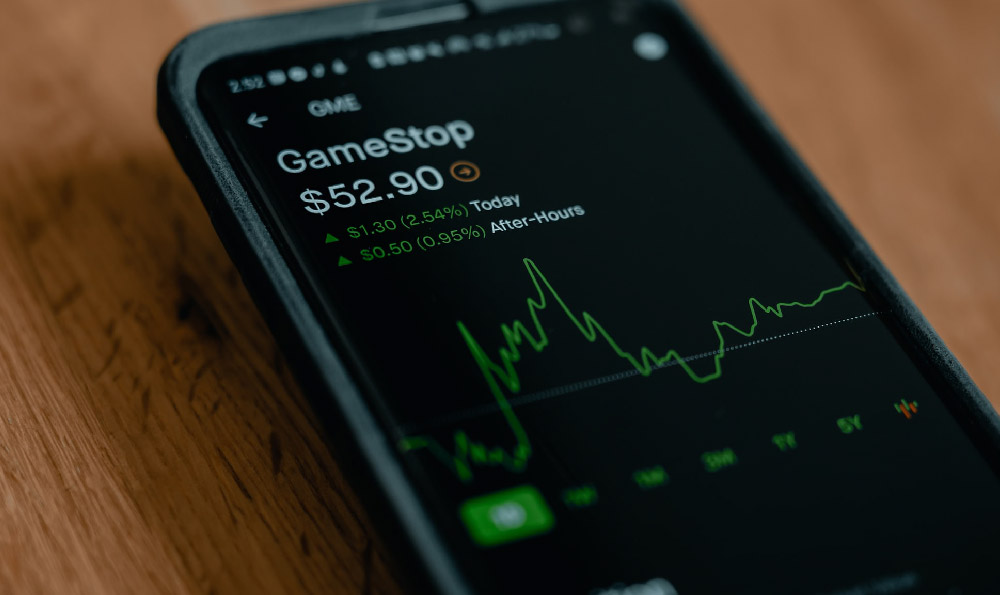Instagram, a social media behemoth owned by Meta Platforms, Inc., has revolutionized how we share and consume visual content. But beyond the filters, likes, and endless scroll, lies a sophisticated revenue generation engine. Understanding how Instagram makes money reveals not just the inner workings of a powerful platform, but also insights into the evolving landscape of digital advertising and e-commerce. Its success is not merely about attracting users; it's about strategically monetizing their engagement.
The primary engine driving Instagram's revenue is, unequivocally, advertising. Instagram offers a diverse range of advertising formats, enabling businesses of all sizes to reach targeted audiences with unprecedented precision. These formats include photo ads, video ads, carousel ads (allowing users to swipe through multiple images or videos), stories ads (displayed between user stories), Explore ads (integrated into the Explore page where users discover new content), and Reels ads (short-form video ads). What makes these advertisements so effective is the granular targeting capabilities. Advertisers can leverage Facebook's vast data trove to target users based on demographics (age, gender, location), interests (derived from pages liked, groups joined, and content engaged with), behaviors (online purchase history, app usage), and custom audiences (uploaded customer lists or website visitors). This precision dramatically increases the relevance of ads, leading to higher engagement rates and improved return on investment for advertisers.
Beyond the formats and targeting, Instagram's advertising revenue model is largely based on cost-per-click (CPC) or cost-per-impression (CPM) bidding systems. In a CPC model, advertisers pay only when a user clicks on their ad, making it ideal for campaigns focused on driving traffic to a website or landing page. In a CPM model, advertisers pay for every thousand impressions (times the ad is shown), suitable for building brand awareness or reaching a large audience. Instagram also offers other bidding options, such as cost-per-video-view (CPV) and cost-per-engagement, catering to different campaign objectives. The auction-based nature of the system means that ad prices fluctuate based on demand and targeting parameters, creating a dynamic marketplace for advertising space. Meta's sophisticated algorithms continuously optimize ad delivery to maximize both advertiser performance and user experience, ensuring that ads are shown to the most relevant users at the optimal time.

Furthermore, Instagram has been aggressively expanding its e-commerce capabilities, transforming the platform into a shoppable ecosystem. Instagram Shopping allows businesses to tag products directly in their posts and stories, enabling users to seamlessly purchase items without leaving the app. These tagged products link to product pages within Instagram or directly to the business's website. This frictionless shopping experience has been a major catalyst for e-commerce growth on the platform, particularly for smaller businesses and direct-to-consumer brands. In addition to product tagging, Instagram offers other shopping features such as shoppable stickers in stories, shopping in Explore, and the dedicated Instagram Shop tab, which serves as a centralized marketplace for discovering and purchasing products. While Instagram doesn't directly charge a commission on sales facilitated through Instagram Shopping in most regions (this is subject to change and regional variations), it benefits indirectly through increased advertising revenue from businesses looking to drive traffic to their Instagram shops and product pages. The potential to reach a highly engaged audience of potential customers makes Instagram an invaluable platform for businesses looking to grow their online sales.
Another significant income stream for Instagram stems from branded content. Influencer marketing has become a powerful force in the digital age, and Instagram is at its epicenter. Branded content involves influencers partnering with brands to create and share content that promotes their products or services. Instagram has implemented tools to enhance transparency and effectiveness in this space, such as the "Paid partnership with" tag, which clearly identifies sponsored content. While Instagram doesn't directly charge influencers or brands for these partnerships, it benefits indirectly through increased engagement and user activity, which translates to higher advertising revenue. Furthermore, the success of influencer marketing attracts more businesses to the platform, further fueling its advertising ecosystem. The demand for reaching specific audiences through trusted influencers creates a lucrative market, making branded content a vital component of Instagram's overall revenue strategy.
Finally, while less prominent than advertising and e-commerce, Instagram also generates revenue through subscriptions and badges. Instagram Subscriptions allow creators to offer exclusive content and perks to their loyal followers for a monthly fee. This feature provides creators with a recurring revenue stream and strengthens their connection with their audience. Instagram Badges, available during Instagram Live broadcasts, allow viewers to show their support for creators by purchasing badges that appear next to their names. These features represent a diversification of Instagram's revenue sources, moving beyond solely relying on advertising and exploring new avenues for creator monetization. While still relatively new, these subscription and badge programs have the potential to become significant revenue contributors in the future, fostering a more sustainable ecosystem for content creators on the platform.
In conclusion, Instagram's revenue generation is a multifaceted operation, heavily reliant on advertising but increasingly embracing e-commerce and creator monetization. Its success lies in its ability to attract and retain a massive user base, offer sophisticated targeting capabilities to advertisers, and create a seamless shopping experience for consumers. As the digital landscape continues to evolve, Instagram will likely continue to innovate and diversify its revenue streams, solidifying its position as a dominant force in the social media and e-commerce landscape. The ongoing investment in features like Reels and the continued refinement of its advertising algorithms demonstrate a commitment to staying ahead of the curve and maximizing its financial potential.












